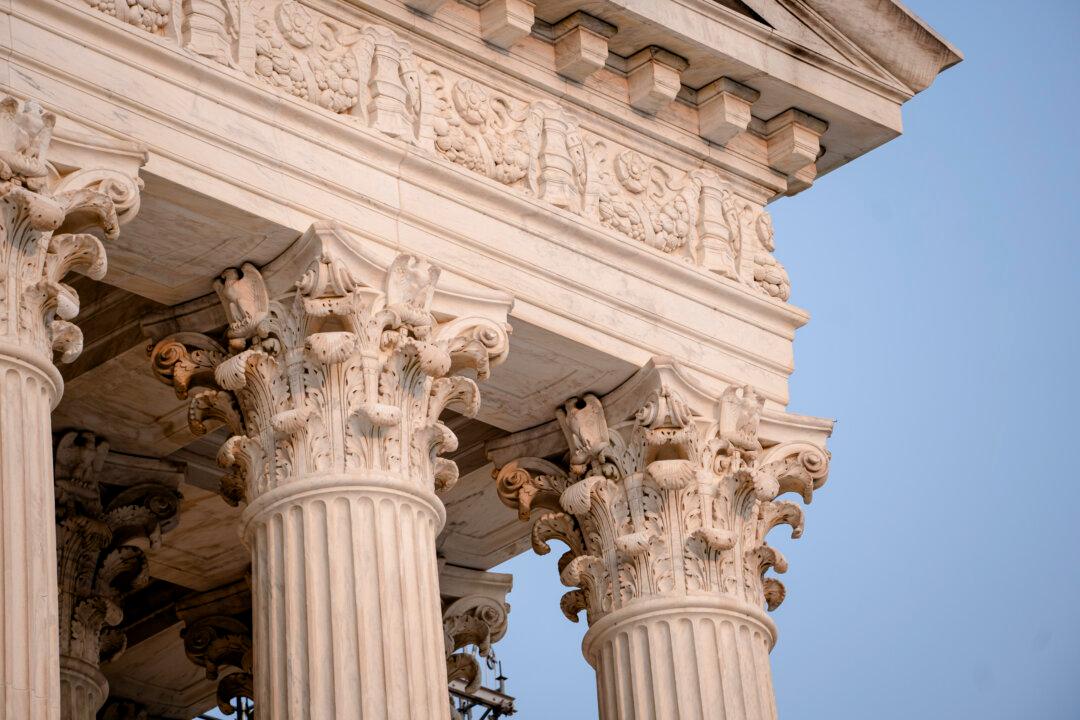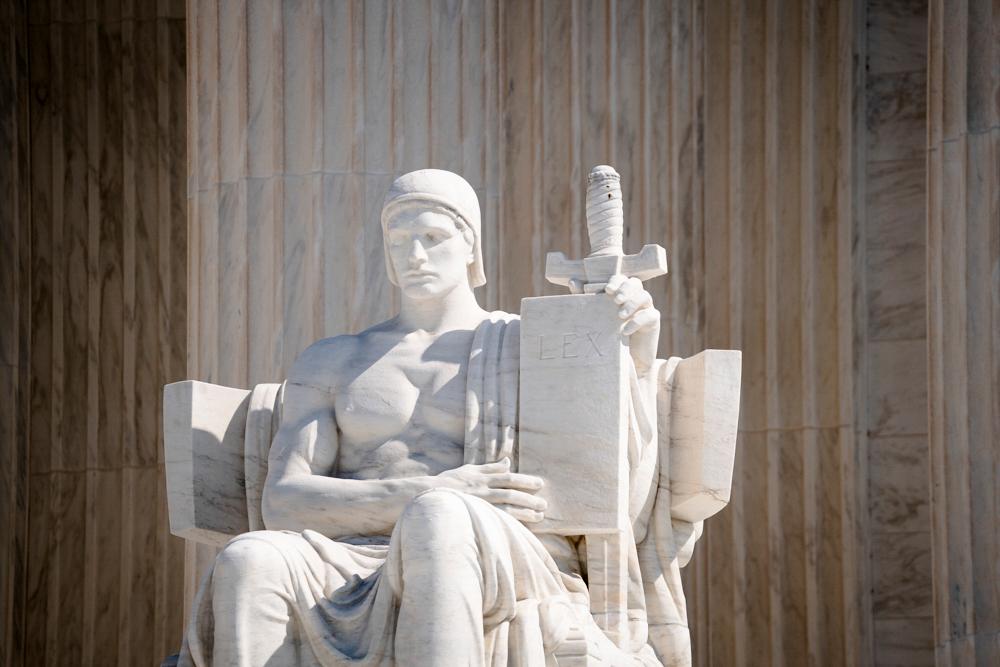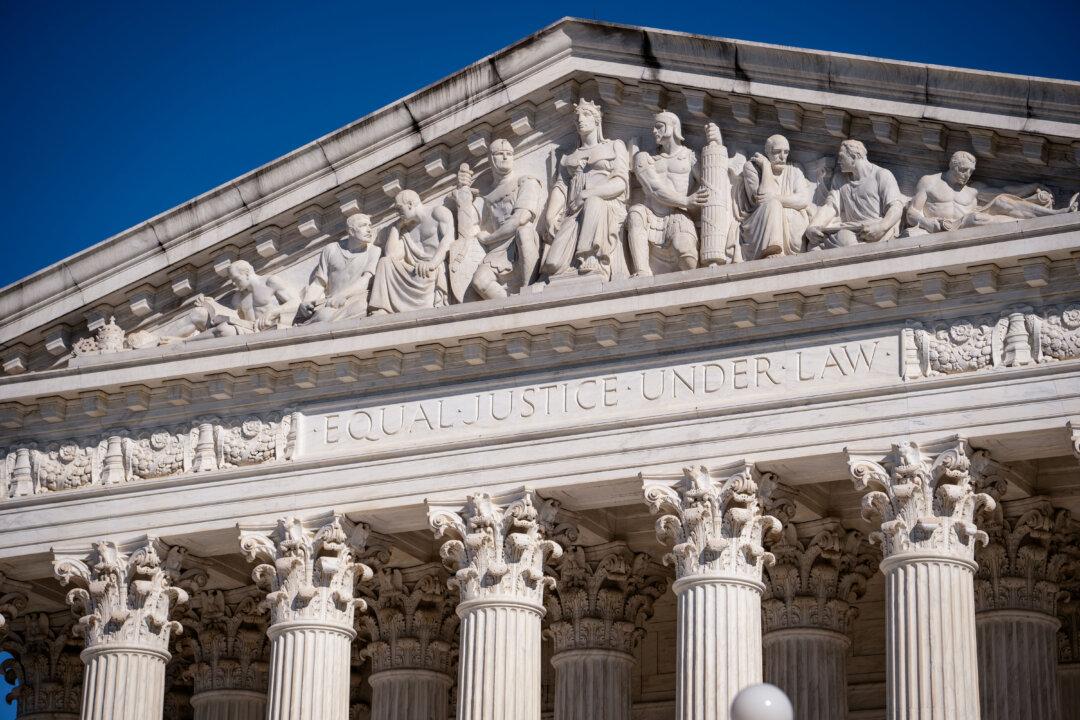The Supreme Court on Aug. 28 turned down President Joe Biden’s request to reinstate a $475 billion student loan relief plan weeks after an appeals court blocked the program.
Justice Brett Kavanaugh referred the application to the full court, which denied it. No dissents were recorded.
The SAVE (Saving on a Valuable Education) plan that Education Secretary Miguel Cardona first proposed in August 2022 would reduce monthly payments for millions of eligible borrowers and accelerate loan forgiveness. A reported 8 million borrowers have signed up for the program.
The SAVE plan wasn’t yet finalized in June 2023 when the Supreme Court struck down the federal government’s previous $400 billion student loan forgiveness plan in Biden v. Nebraska.
The U.S. Court of Appeals for the Eighth Circuit found on Aug. 9 that Missouri and six other states challenging the plan would probably be able to prove that the plan violates the major questions doctrine. The doctrine requires courts to presume that Congress doesn’t delegate important policy questions to government agencies.
The circuit court’s sweeping, nationwide injunction temporarily prevents the federal government from forgiving principal or interest on outstanding student loans, blocks a provision halting interest from being calculated on loans, and pauses a provision allowing borrowers to make very low or zero monthly payments that are dependent on income.
The new action by the Supreme Court came after Biden filed an emergency application on Aug. 13 to vacate the injunction issued by the Eighth Circuit. The case before the Supreme Court is known as Biden v. Missouri.
On Aug. 23, Biden filed with the Supreme Court asking it to lift the Eighth Circuit’s order freezing the program in light of the 10th Circuit’s decision in Alaska v. U.S. Department of Education, a separate challenge to the SAVE plan.
On June 30, the 10th Circuit issued an order that temporarily allowed the repayments based on income to resume, but on Aug. 22, that court issued an order in the Alaska case deferring to the Eighth Circuit and the Supreme Court while those courts attempted to resolve the dispute over the plan.
The 10th Circuit order of Aug. 22 stated that “in light of the Eighth Circuit’s injunction,” the case of Alaska v. U.S. Department of Education that is pending in the 10th Circuit should “be abated until further order” of the court.
Biden argued in the Aug. 23 brief that the 10th Circuit’s decision “to abate its own proceedings further confirms that this Court should vacate, or at a minimum narrow, the Eighth Circuit’s universal injunction” to allow the SAVE plan to move forward, either in full or in part.
The Eighth Circuit’s injunction “already nullified” the 10th Circuit’s order and gave the plaintiffs the relief they wanted, according to the brief.
The Eighth Circuit’s order halted consideration of the issues at hand by other courts, and said “that is not how the judicial process is supposed to work,” the brief states.
Nationwide Injunctions Controversy
Nationwide, or universal, injunctions, which go beyond the scope of the case before a court, have been controversial in legal circles in recent years.“Applicants represent that they do not require emergency relief from this Court as long as the Eighth Circuit’s injunction in [Missouri v. Biden] ... is in place,” the nation’s highest court stated.
Missouri Attorney General Andrew Bailey hailed the Supreme Court’s decision not to lift the Eighth Circuit’s injunction against the SAVE plan.
“This is a huge win for every American who still believes in paying their own way.”
The Epoch Times reached out to the U.S. Department of Justice but did not receive a reply by publication time.







